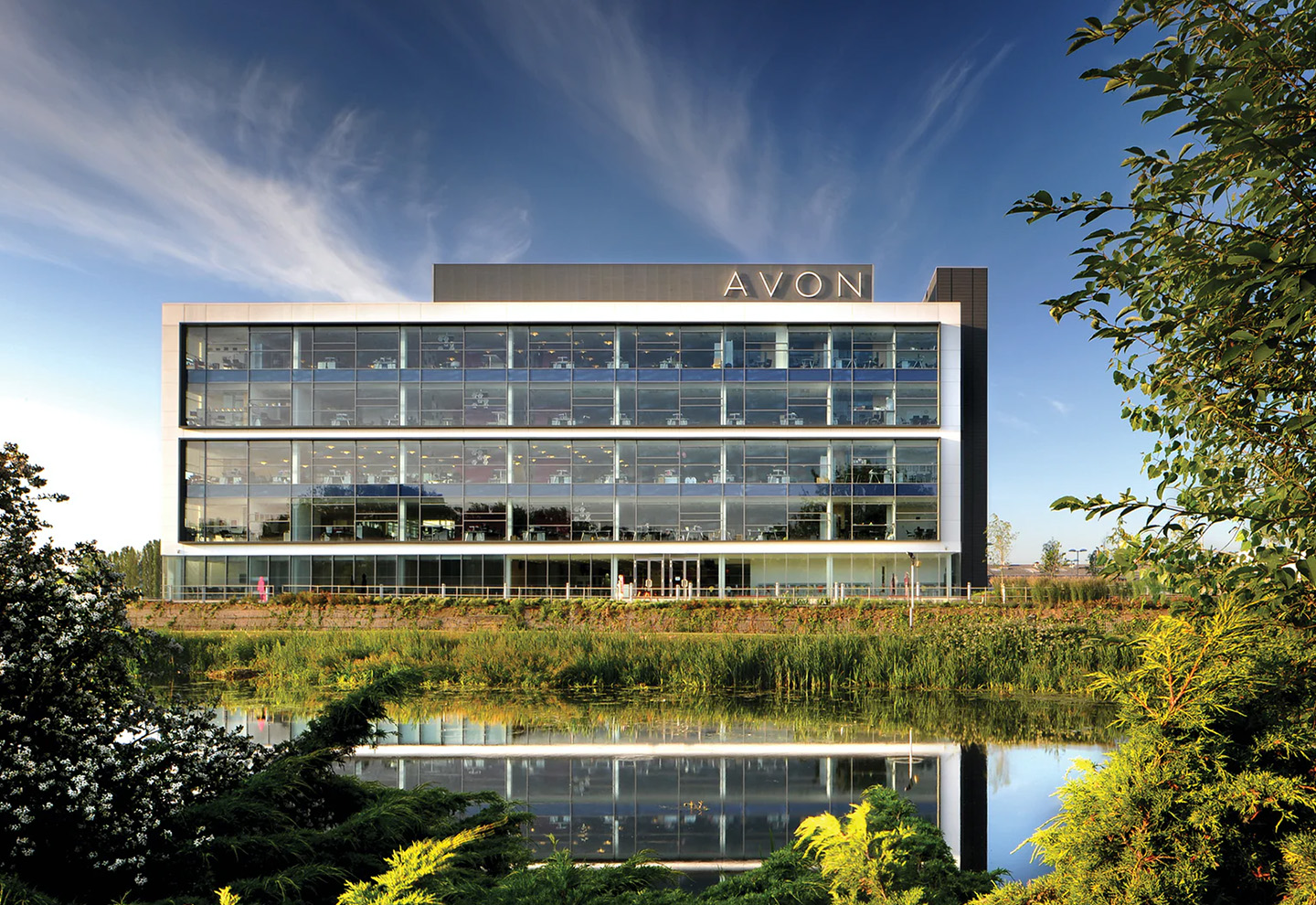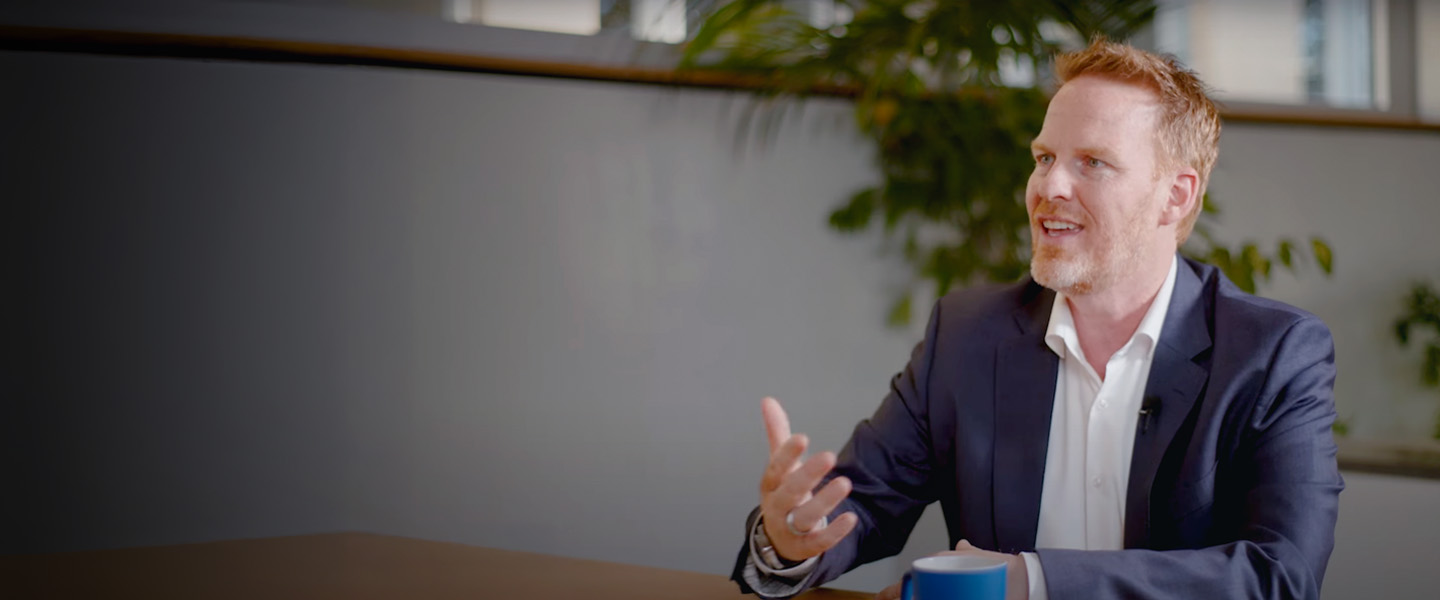At a Glance
In 2018, Avon’s board appointed Jan Zijderveld as CEO to turn around Avon.
- Within 20 months, the incoming leader had implemented a series of radical measures, quick enough to induce major changes in the company culture but not so rushed that they induced panic.
- After two years, Zijderveld’s last move before leaving the company was to successfully negotiate and close a merger agreement.
- Zijderveld’s actions illustrate the value of a few basic strategies such as opening up and simplifying an organization, rejuvenating its global relevance, injecting new talent, and the merits to leaving on a high.
Think of Avon and you probably think of “the Avon lady” knocking on the door. But it goes deeper. Empowering women has always been at the heart of Avon’s business, founded in 1886. In the 21st century, this was particularly relevant in Avon’s emerging and developing markets.
The broader issue
By the early 2000s, Avon had lost its way. Global expansion had disguised difficulties in its core developed markets. Avon’s model was direct selling to consumers. Every three weeks, a 200-page brochure was printed in many different languages and distributed to representatives around the world with featured products across the different categories of cosmetics, skincare, fashion and home. Reps sold door-to-door to mainly, family, friends and neighbors.
In 2004, Avon’s share price had hit a high of US$46. Yet, despite its development into an iconic brand, the company started to face major problems. An allegation of improper expenses in China between 2004-2008, resulted in a “Foreign Corrupt Practices Act” investigation that the company was not prepared to handle. Fines and fees cost Avon dearly.
The company accumulated more problems still that drove it to the brink of bankruptcy. In March 2016, private equity firm Cerberus Capital Management took a significant stake in it. In August 2017, it was announced that Sheri McCoy would be stepping down as CEO. One long-serving industry expert explained: “The board felt that Avon needed energy, a sense of accountability and a sense of urgency. They also needed a CEO with a broad global experience and someone with more empathy for the reps and the end consumers.”
The company accumulated more problems still that drove it to the brink of bankruptcy. In March 2016, private equity firm Cerberus Capital Management took a significant stake in it. In August 2017, it was announced that Sheri McCoy would be stepping down as CEO. One long-serving industry expert explained: “The board felt that Avon needed energy, a sense of accountability and a sense of urgency. They also needed a CEO with a broad global experience and someone with more empathy for the reps and the end consumers.”
Enter Jan Zijderveld, known as “hands on” and “in your face” and formerly CEO of Unilever Europe. Officially announced as CEO in February 2018, he immediately started traveling to the markets.
Risk adversity had resulted in reps protecting the brochure business rather than embracing e-commerce. Avon had not modernized its core IT systems. As Jan recalled: “In markets, representatives still used paper, pencil and eraser to submit orders!”
As for the competition, they were seizing the opportunity over Avon.
So, where to start? It seemed that everything needed to change, and now;
Avon’s culture needed an immediate face lift.
Yet Jan didn’t want to create a sense of panic. He began a reset by restoring the basics, injecting new talent and introducing a performance-based culture. Stabilization would be the focus in revenue terms, improving margins as well as putting the representative at the heart of the business.
It quickly became clear to Jan that he needed to make major leadership changes, too. He reasoned that it would take longer to change peoples’ mindsets to a new focus for Avon than it would take to recruit people with a fresh approach. Within 18 months, he had changed 27 out of 33 roles, almost all of the leadership team and half the country heads. Across the company some 20% of total headcount were made redundant.
Jan said: “When you are in decline for ten years, good people leave first. The talent attrition started ten years ago, and we were left with demotivated but talented people, or people who couldn’t find jobs elsewhere. Avon needed a new plan and new leadership.”
One executive explained Jan’s transformation culture: “It was not about ‘Let’s not talk about problems anymore,’ it was more about, ‘What are we going to do about the problems?’ He put teams together. It was a very siloed organization. He created cross-functional and started encouraging people to think, ‘really how can we make the organization move?’ He also kept challenging people.”
“What kept me motivated were three things: The brand was still relevant to many consumers (mainly in developing markets), we still had unique products and technologies – but not for long; and most importantly – despite all the problems – many, many enthusiastic reps and consumers.” Jan Zijerveld | CEO, Avon (2018-2020)
Next up was the launch of the Open Up Avon strategy, or “How Avon could win as a Social Selling Beauty Company,” publicly launched at a New York investor. Some investors were skeptical of Avon’s future, but it was important to attract new stockholders and also to give employees fresh hope.
Open Up Avon would focus on five strategic value creation levers: restore value and pricing power; reboot direct selling; increase access; dramatically simplify and reset the leadership, talent and capability.
Come 2019, improving the supply chain became a key focus, which involved reducing suppliers from 22,000 to 12,000. Headcount was cut first through redundancies and then by “variabilizing” headcount
– ensuring that, for example, of 900 people in a factory, 400 were permanently retained and the others moved to agency contracts and used when there was demand for additional headcount.
How to execute in the markets? In Brazil, José Vicente Marino, recruited in Q2 as Executive Vice President and General Manager of Brazil (Avon’s biggest market), had developed a six-pillar strategy enabling Brazil to produce products valued by local consumers. The brochure was improved and turned into a more user-friendly document.
Marco Brandolini, in charge of the Southern European Markets of Italy, Spain, Portugal and Greece, spent nine months resetting the business. In Russia, Goran Petrovic and his team created design principles to create a simplified decision- making process, increased a sense of ownership for employees by encouraging them to contribute ideas to the turnaround process, and supporting digitization with a training program called “The School of Bloggers,” where reps were trained how to moderate and use social media as part of their sales approach.
Indeed, one of the most dramatic changes globally occurred in IT. Significant downsizing of headcount occurred; a new website would allow consumers to purchase direct from Avon; and country-bespoke apps were replaced with apps which were then localized with countries.
“It’s about restoring the brand value and getting pricing right. Reinvesting in the reps, improving earnings and training.” Jan Zijerveld | CEO, Avon (2018-2020)
Did it work?
Within two years, Jan and his team had managed to move Avon away from the precipice. That said, the situation was still fragile. The portfolio was being cleaned up, the rep population was being streamlined and segmented, importantly, cash and profitability were improving, and pricing power was being restored. Reflecting back on his nearly two- year journey, Jan commented: “We did a lot but had little choice. They all interrelate and connect with each other. It’s really creating an agenda of opening up across four points. It’s about restoring the brand value and getting pricing right. Reinvesting in the reps, improving earnings and training. Driving new access […] distribution access. […] Finally, dramatically simplifying the business by reducing SKUs and inventory.”
Avon’s 2019 stock performance among the S&P 500 index was stellar. One employee said: “The whole organization is now re-energized, moral is up. Hope and pride are back!”
Since the second half of 2018, Jan and the board had considered there to be strong synergy opportunities between Avon and — Natura & Co of Brazil. Combined, the company would create the fourth-largest pure play beauty group and be a leader in direct-to-consumer sales with potential gross revenues of $10+ billion. On January 3, 2020, Jan wrote to all associates to let them know that with the closing of the deal, he would be stepping down as CEO. His email reads:
“We are only at the beginning of the Avon transformative journey and we are still fragile, hence the combination with Natura will give Avon a better platform to develop this great and very special business. I truly believe the world needs Avon. By joining forces with Natura, Avon can have an even bigger social and environmental impact.”
“I believe that when combined, the companies can truly unlock the power of women around the world and take more responsibility for our precious and beautiful planet. This is the moment when Avon needs growth, energy and optimism.”
And so, Avon’s transformation was all set to go on.
THIS ARTICLE IS BASED ON IMD CASES IMD-7-2165 AND IMD-7-2166, AVAILABLE FROM THE CASE CENTRE.
Research Information & Knowledge Hub for additional information on IMD publications
Research Information & Knowledge Hub for additional information on IMD publications











